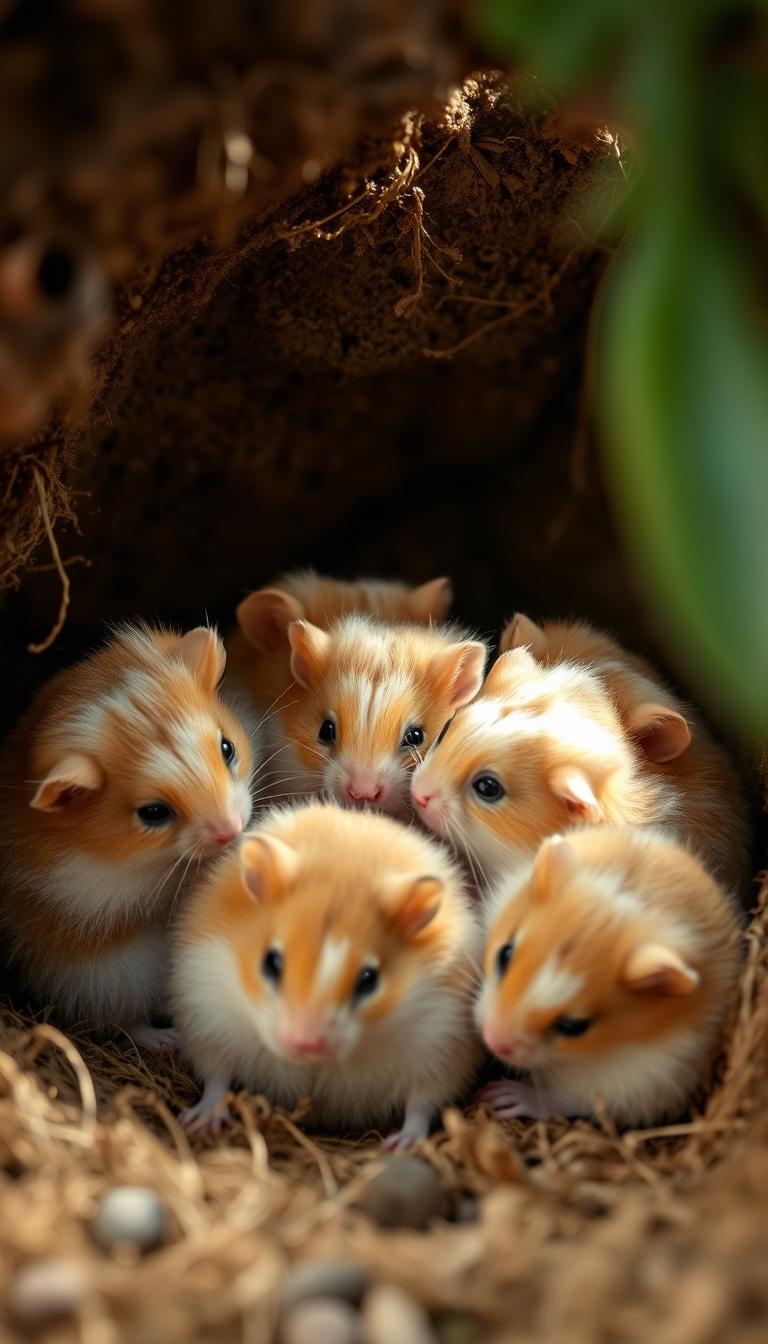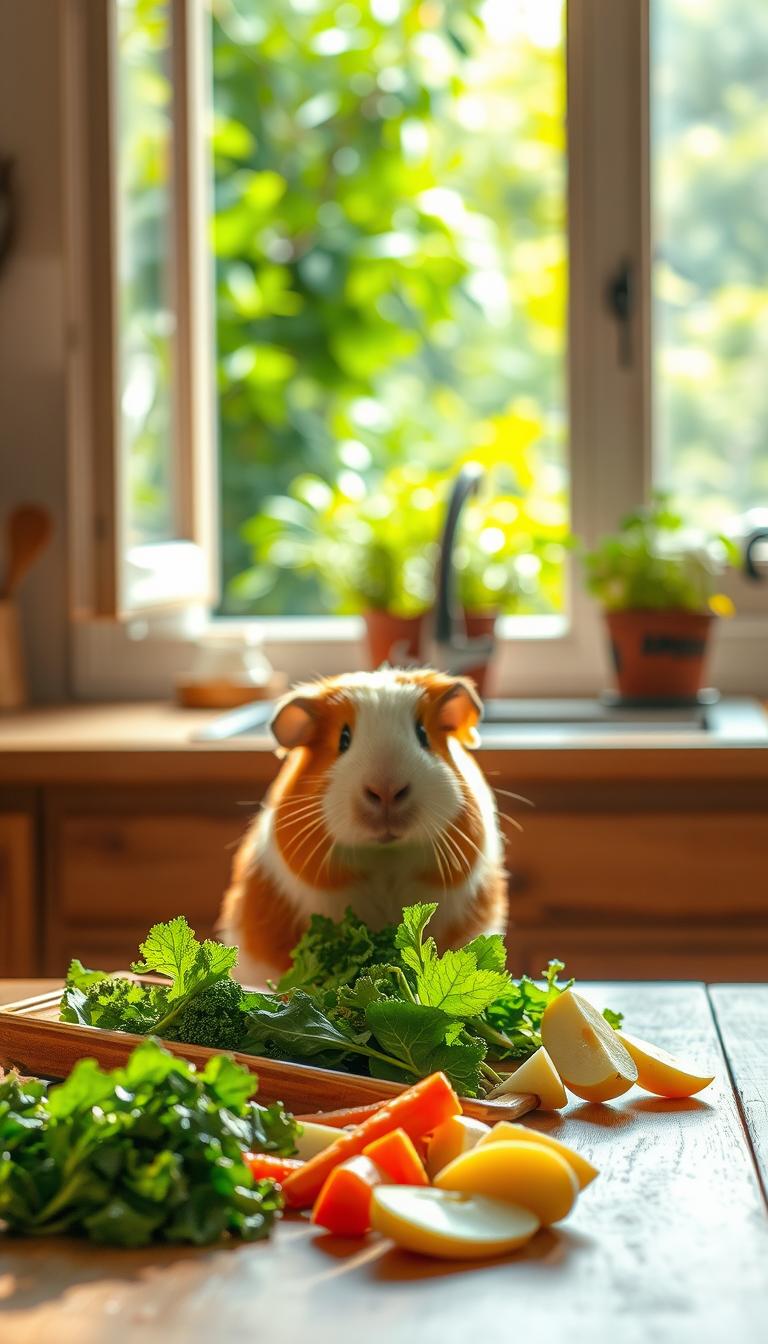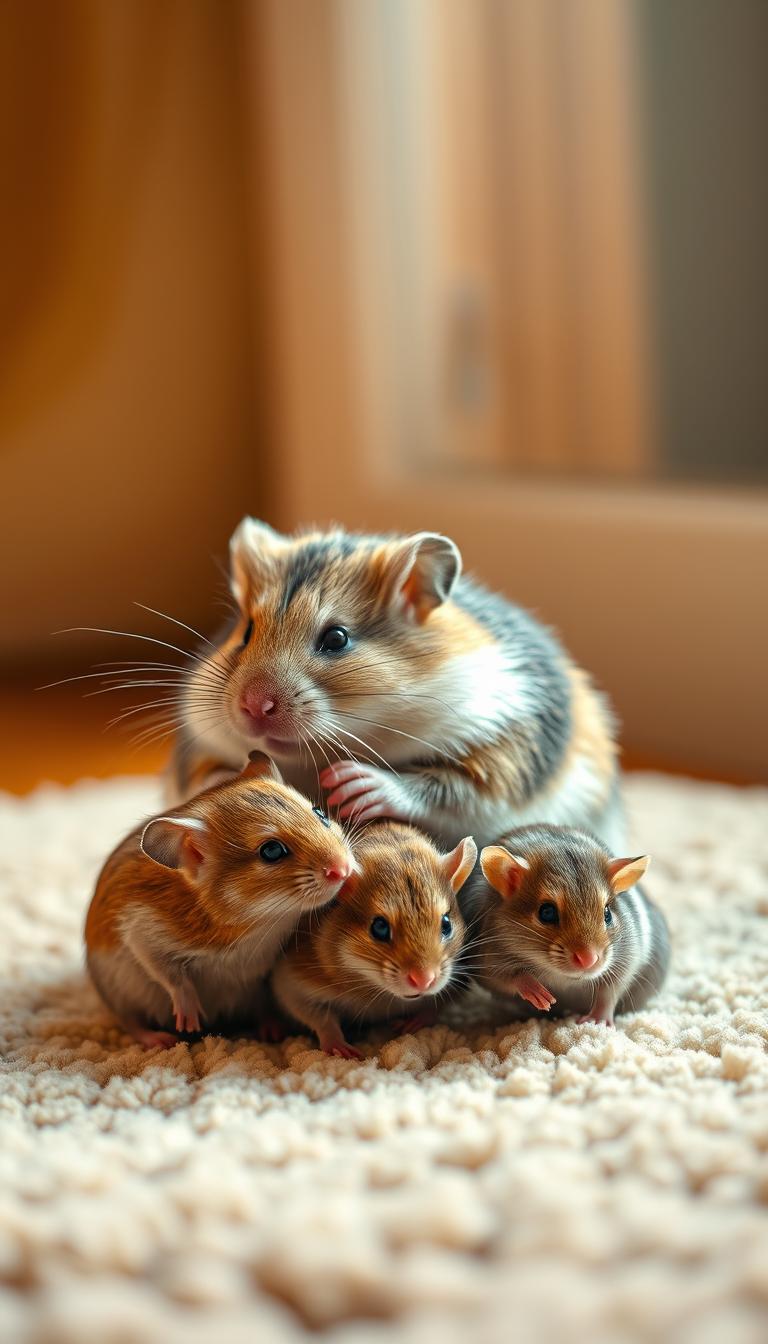Many new owners wonder about housing multiple tiny furry companions. While these pocket-sized creatures might look cute sharing space, their social needs surprise many first-time caretakers. Recent studies show nearly 1 in 3 pairs eventually require separation due to conflicts – a statistic every prospective owner should know.
Contrary to popular belief, even social rodent species face challenges in captivity. Research analyzing 248 caretakers revealed 65% of separated pairs showed aggression through fighting or distress signals. This reality contrasts sharply with pet store recommendations, making informed decisions crucial for your pet’s safety.
This guide explores natural behaviors versus cage dynamics, helping you create optimal living arrangements. You’ll learn practical solutions for monitoring interactions and recognizing early warning signs. Whether choosing companionship or solo habitats, you’ll gain confidence in providing secure environments tailored to your pet’s needs.
Table of Contents
Understanding Dwarf Hamster Behavior and Their Social Nature
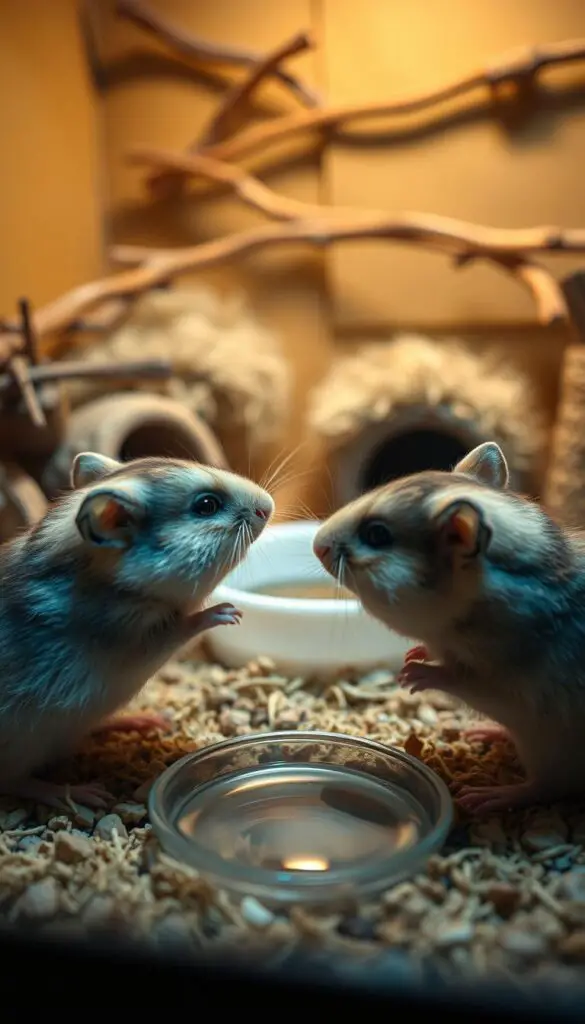
Observing these small creatures’ interactions reveals surprising truths about their social needs. Their wild ancestry plays a critical role in shaping modern territorial behavior, even in domestic environments. Pet owners often face challenges when housing multiple hamsters, unaware of their instinctive drives.
Exploring Natural Instincts and Territoriality
Wild Russian dwarf species never share burrows with same-sex companions. This fact clashes with popular advice about pairing these furry friends. At just 18 days old, juveniles leave family nests – nature’s way of preventing resource competition.
Territorial disputes aren’t misbehavior but survival mechanisms. Your pet’s ancestors guarded food stores and nesting areas fiercely. Captivity removes escape routes, turning minor squabbles into dangerous fights.
Differences Among Hamster Species
Syrian types live strictly solo except during mating. Dwarf varieties like Winter Whites or Roborovskis tolerate company better but still show aggression. Research confirms all dwarf species display territorial tendencies, despite being marketed as social pets.
Understanding these behavioral patterns helps create safer habitats. While some pairs coexist peacefully, constant monitoring remains essential. Their evolutionary programming often overrides temporary harmony.
Can Dwarf Hamsters Live Together: What the Research and Experts Reveal

New discoveries in rodent behavior research are changing how we care for these tiny pets. A landmark study tracking 248 caretakers uncovered startling truths – 65% of separated pairs showed violent conflicts despite starting as friendly companions. This data directly challenges common pet store recommendations about group housing.
Age Matters More Than You Think
Your pet’s birthday plays a crucial role in cohabitation success. Animals over six months face 4.75 times higher risks of violent clashes compared to younger counterparts. “The six-month mark acts like a biological switch for territorial behavior,” explains one researcher studying 16,605 veterinary cases where bites ranked as third most common injury.
Species-Specific Survival Rates
Not all furry roommates face equal odds. Winter White varieties show 85% failure rates in shared spaces – the highest among dwarf types. Roborovski and Campbell’s Russians follow at 73% and 66% respectively. These numbers prove that even “social” species struggle in captivity.
Pet professionals often suggest keeping pairs together, but science tells a different story. Nearly 30% of owners eventually separate their pets due to fighting. Those adorable littermates snuggling today might become sworn enemies by adulthood. Constant vigilance becomes essential as your pets mature.
Best Practices for Pairing and Housing Your Dwarf Hamsters
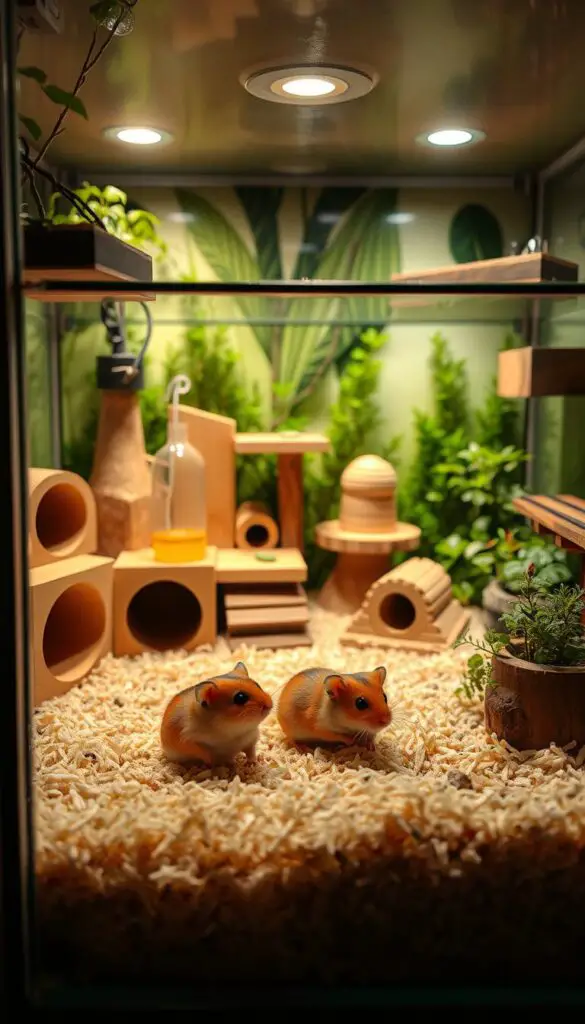
Creating a stress-free environment starts with smart planning. Tiny pets need careful arrangements to coexist peacefully. Let’s explore proven strategies for successful shared habitats.
Smart Pairing Strategies
Always select same-sex pairs to prevent surprise litters. These pocket-sized pets reach breeding age at 28 days – younger than many realize. Littermates under four weeks old adapt best to shared spaces.
Even bonded duos need watchful supervision. Hormonal changes between weeks 5-8 often trigger sudden aggression. Keep backup cages ready during this critical phase.
Cage Design Essentials
Your habitat should measure at least 40″ x 20″ for two occupants. Double everything – food bowls, water bottles, and wheels prevent competition. Try this setup guide:
| Feature | Single Pet | Pair Housing |
|---|---|---|
| Floor Space | 24″x12″ | 40″x20″ |
| Hideouts | 1-2 | 3+ (multiple exits) |
| Wheels | 1 | 2 |
| Food Stations | 1 | 2 |
Introduce new roommates on neutral ground using a clean bin. Dim lighting reduces stress during first meetings. Scatter treats to encourage positive associations.
Multi-entrance hideouts let pets escape conflicts. Plastic igloos with two doors work better than single-entry wooden houses. Check daily for chewed fur or changed behavior – early signs of trouble.
Creating a Harmonious Habitat for Your Furry Friends
A well-planned space makes all the difference for cohabiting rodents. Start with double resources – separate food bowls and water stations prevent squabbles. Add multiple hideouts with escape routes to let your pets claim personal territories.
Build an engaging playground using tunnels and deep bedding for natural digging. This “hamsterscape” reduces stress by letting them express wild instincts. Rotate toys weekly to keep their environment fresh and exciting.
Watch for flattened ears or puffed fur – these subtle signals often come before fights. Check your pets daily for bite marks or changes in eating habits. Many owners find peace of mind by planning separate homes before the six-month mark when aggression risks spike.
If one companion passes away, resist pairing the survivor immediately. Offer extra playtime and new chew toys instead. Remember – solitary living doesn’t mean loneliness when you provide regular interaction and enrichment.
With smart setups and attentive care, you’ll create spaces where small friends can thrive. Always prioritize safety over companionship, and enjoy watching their unique personalities blossom in thoughtfully designed homes.

